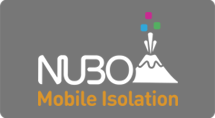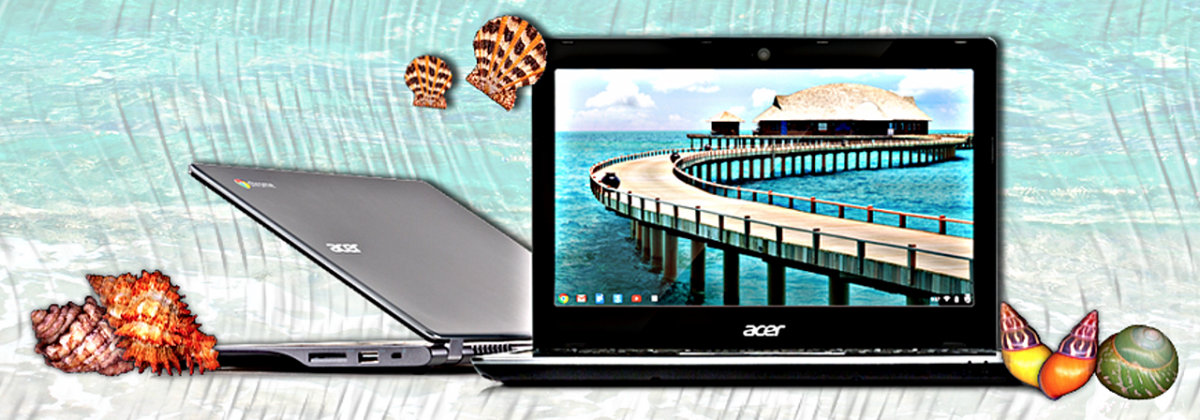What is the best selling laptop on Amazon? What is the cheapest laptop on Amazon? 10 points if you answered “the Acer C720 Chromebook” to both of those questions!
When the first Chromebooks came out in 2011, like most of you, I ignored them. What’s next, Google spaghetti sauce?! The first Chromebooks were a work in progress, to put it nicely. Thomas Edison’s first lightbulb didn’t win any design awards either.
Acer Chromebook – Value For $199!
The Acer C720 costs $199 at Walmart, Best Buy and Amazon. It features an Intel Celeron 2955U 1.4 GHz, 2 GB of SDRAM, a 16 GB solid state hard drive, an 11.6 inch screen, two USB ports (USB 2.0 and 3.0), one HDMI port and 8.5 hours of battery life. The screen resolution is 1366 x 788 and its dimensions are 11.34 x 8.03 x .75 inches, or 28.8 x 20.40 x 1.9 cm. It weighs 2.8 pounds (1.27 kg). In simple English, this means we’re dealing with the size and weight of a thin notebook.
What the Acer C720 doesn’t feature is most interesting; it doesn’t come with Windows, it can’t run Office, there isn’t much you can do with it offline and you won’t be playing anything beyond casual games.
Upon first boot, it took me less than a minute to run the initial setup – choose the language, input language and connect to the family wifi. I logged in on my personal Google account and had access to Gmail, Google Drive and the Chrome web browser. Speaking of booting, the Acer C720 boots in an astounding 7 seconds!! There’s no need to turn it off as it comes out of “hibernation mode” in a split second. The 2 GB RAM version is running fine for me; I’m glad I didn’t spend the extra $50 for another 2 GB.
Acer also makes a touch model – the C720P costs $299 – but I skipped it. I don’t think touching a screen in front of me (as opposed to a tablet screen on my lap) is going to make for a delightful user experience. When I want touch, I’ll go with my tablet. One user interface is enough.
Acer Chromebook – No Way Home
I think the Chromebook is the coolest thing since the Big Mac, but there are a few downsides. I miss having the Home, End, Delete, Page Up, Page Down and other keys that a Windows keyboard has. There are 2-3 key combinations for each of these, but it’s sort of like learning how to do the triple jump on a new video game – it takes time. The Caps Lock key is replaced by a Search key. I had to bookmark the key combos. As a writer, I often have to click on Home and End and hope Acer and Google “let us go Home easier” next time.
I’ve never used a trackpad for more than a few minutes at a time, but I can imagine that Chromebook trackpads won’t win any awards. The chiclet keyboard is fine by me. I’m typing faster every day I use it. The screen is nothing special – my Galaxy Tab screen is much better, but I don’t plan on watching a lot of HD videos on my Chromebook. It’s fine for the occasional YouTube videos and perfect for web browsing and text editing.
The only other issue I have with the Chromebook is the user login process. Like most people, I have two Google accounts – one for work and one for personal use. The OS forces me to logout when I want to switch users; I can’t have tabs open with both accounts at once. I read that they’re working on fixing this in future versions of Chrome OS. Good idea.
The Chromebook Miracle
For $199, I didn’t expect a miracle. Besides James Kendrick’s Chromebook articles on ZDNet, most Acer C720 (and Chromebooks in general) reviews are lukewarm. They read like legal warning labels – “your Chromebook will not run Windows software, it will not donate money to the Bill Gates Foundation and it won’t let you spend $2,000 in upgrades over its lifecycle.”
Experience tells me to pay more attention to the street than the elites. 7 of the 20 top selling laptops on Amazon are Chromebooks. The Acer C720 is #1 and the Samsung Chromebook is #3. The Chromebook is the perfect laptop for students, writers and people who need a “no frills web experience.”
Most Chromebooks go for $199 to $299 and the prices will continue to go down. Chromebooks are ready for prime time and the Acer C720 is a worthy “webtop.” If you haven’t read about the Chromebook revolution, now is the time!
This article was written on an Acer C720 Chromebook.












